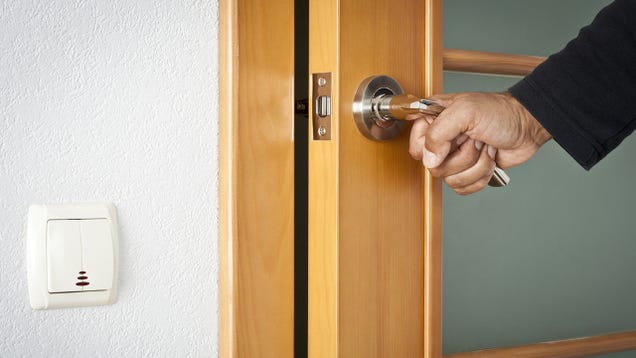
As weird as it may seem, many people have reported that when looking at the sun, they sneeze. This is known as Photic Sneeze Reflex. Aristotle began questioning this but he thought it was from the heat of the sun. Francis Bacon refuted this by stepped into the heated sun with his eyes shut and there was no sneeze. It is not definite as to why his happens but it seems to be that when there is a crossing of pathways in the brain between the pupillary light reflex arc and the sneezing reflex arc. Therefore, when you look at the light (not only sunlight), your brain triggers your sneezing reflex arc causing nasal stimulation and you to sneeze.
It is said that this reflex trait is prominent in 17-23% of the worlds population. Also, in a study done with 460 blood donors, Photic Sneezing was found in 24%. Now the question may be how could this trait be helpful in any way. Well, the reflex exists in animals for which the smell sensation is vital to survive and can be used to clean the nasal cavity. And since we’re closely related to animals that may be why some people have this trait. However, it could cause negative results. If you have ever sneezed while driving you know how scary it can be. It feels like you lose control of everything for a split second but usually you can hold you sneeze back. Lets say you’re coming out of a tunnel after not having light, being exposed after the tunnel is going to make you sneeze and potentially cause an accident.
http://www.medscape.com/viewarticle/714420_6
http://www.scientificamerican.com/article/looking-at-the-sun-can-trigger-a-sneeze/









 Healing a broken heart used to be a metaphorical saying because there was no really way to mend a heart back together. However, researchers have now created an adhesive that can repair heart wounds. Jeffery M. Karp invented from Harvard Medical School and Dr. Pedro del Nido from Boston’s Children Hospital have created a glue that is as strong as staples or stitches to bond heart tissue back together. Staples and stitches are both not the most practical methods because they can cause problems. They can both damage tissue and don’t provide for a watertight seal and staples usually have to be removed. The glue they designed is strong enough to withstand the stress of a beating heart or the blood vessels without deteriorating.
Healing a broken heart used to be a metaphorical saying because there was no really way to mend a heart back together. However, researchers have now created an adhesive that can repair heart wounds. Jeffery M. Karp invented from Harvard Medical School and Dr. Pedro del Nido from Boston’s Children Hospital have created a glue that is as strong as staples or stitches to bond heart tissue back together. Staples and stitches are both not the most practical methods because they can cause problems. They can both damage tissue and don’t provide for a watertight seal and staples usually have to be removed. The glue they designed is strong enough to withstand the stress of a beating heart or the blood vessels without deteriorating.
